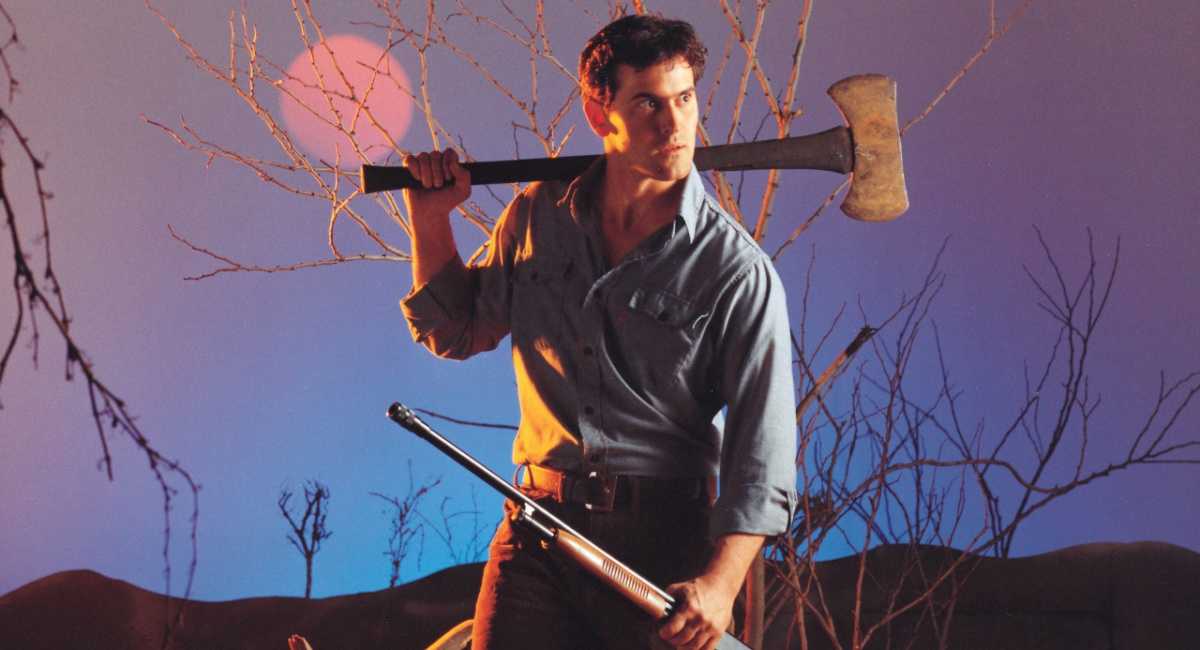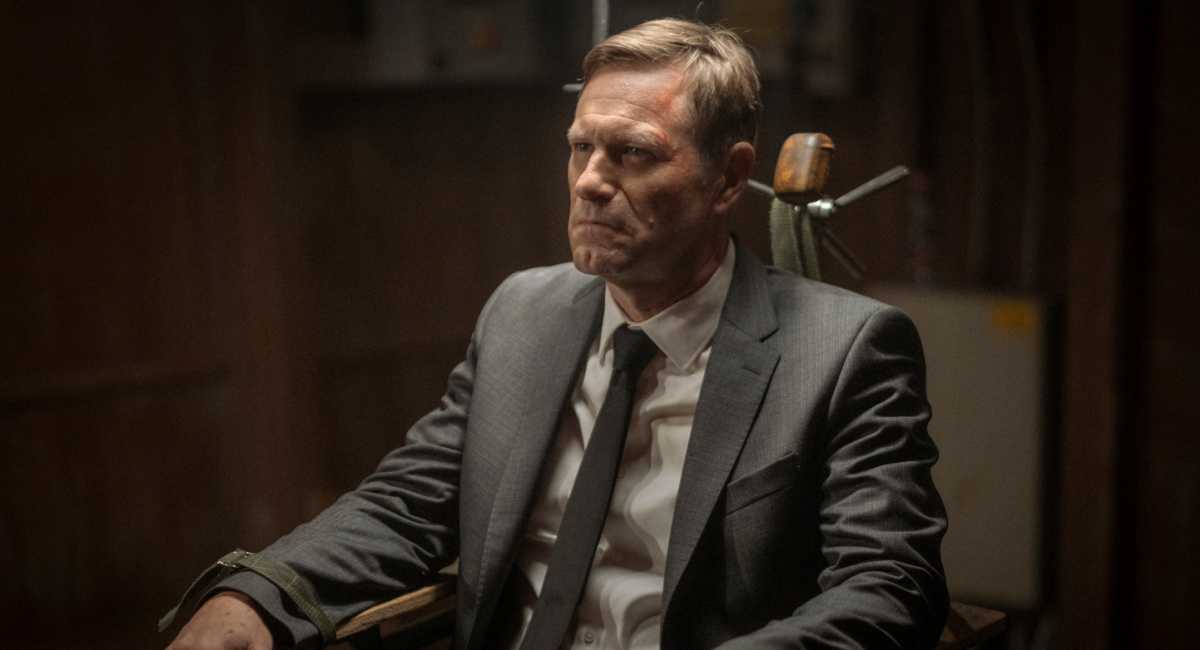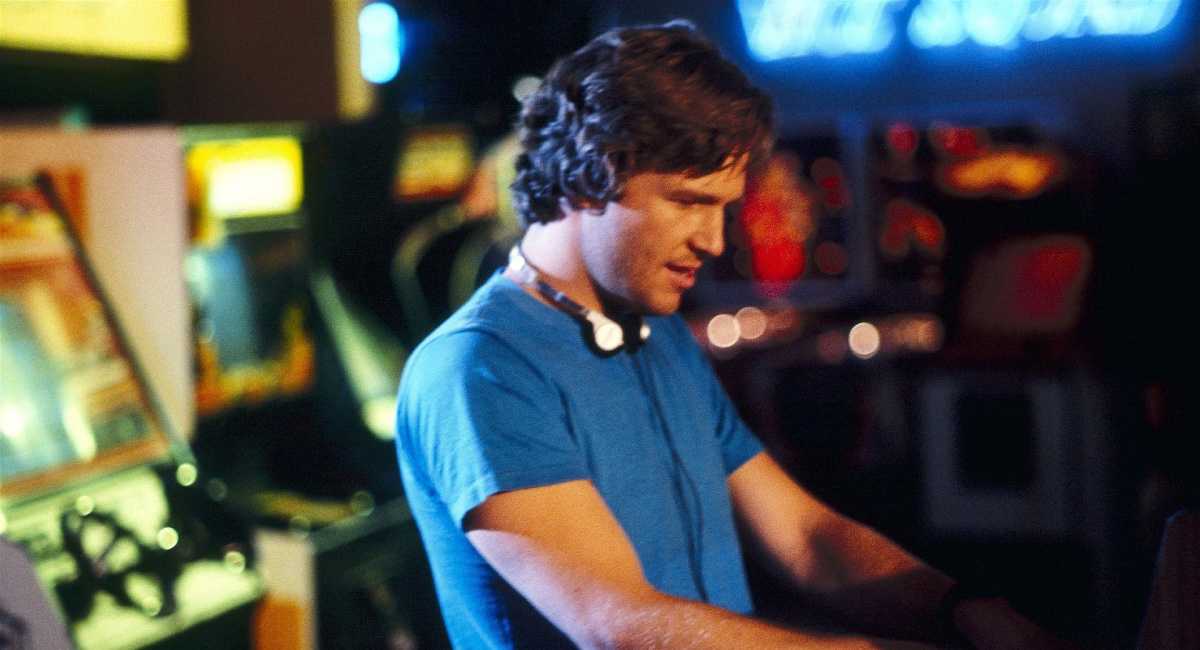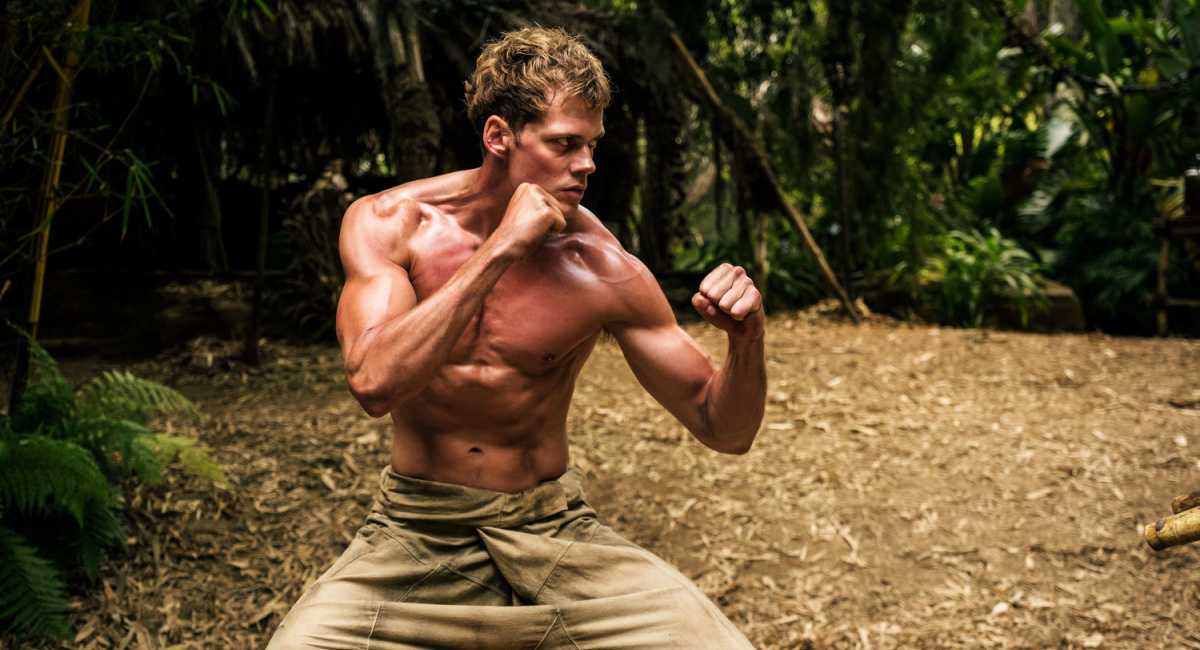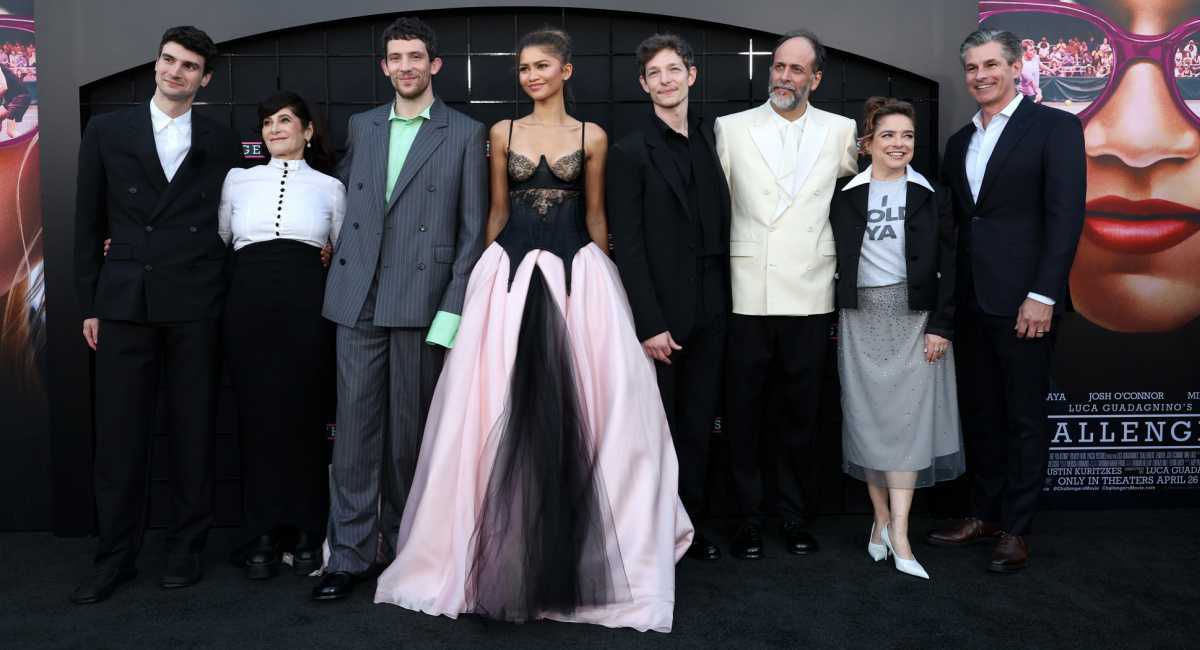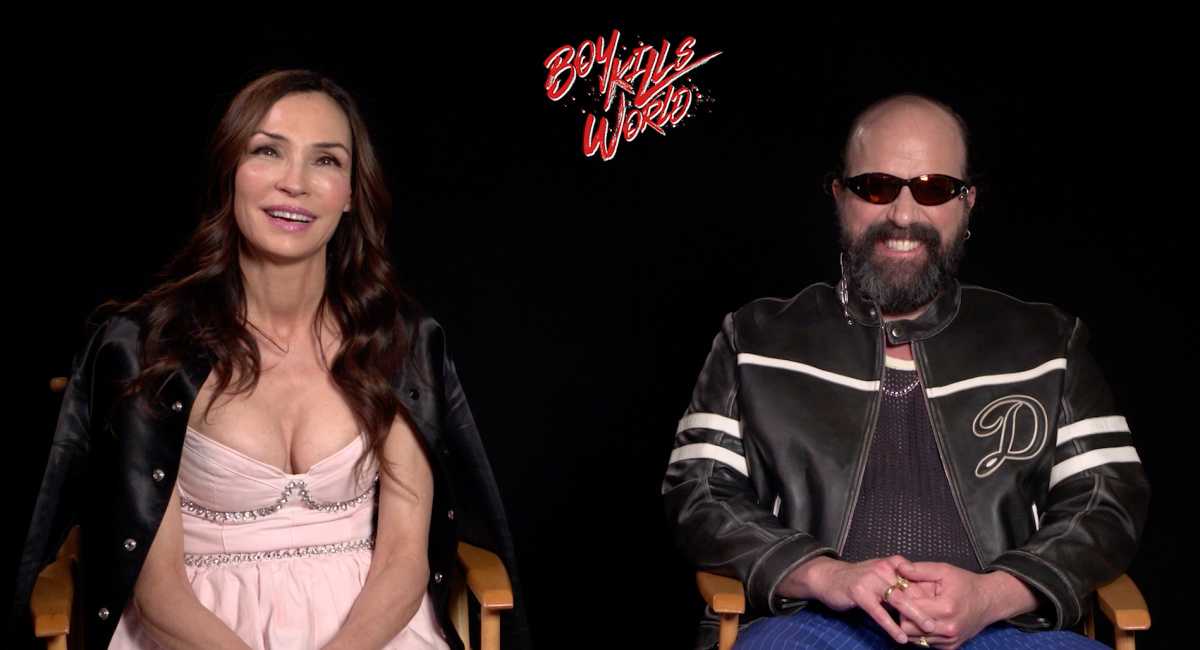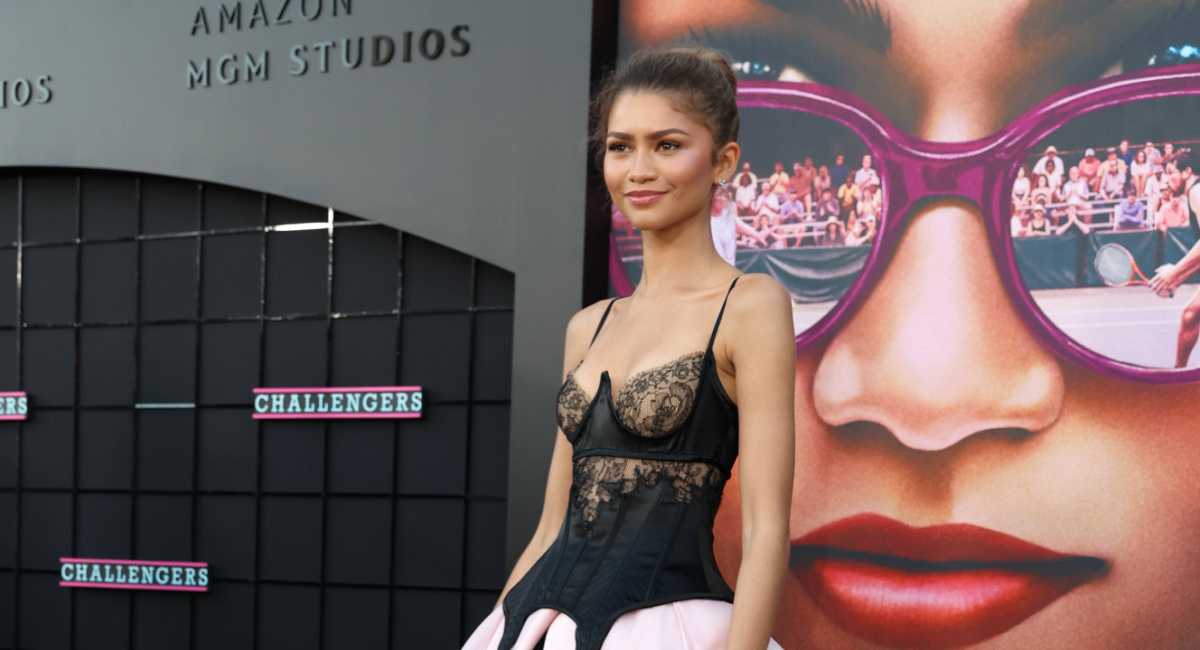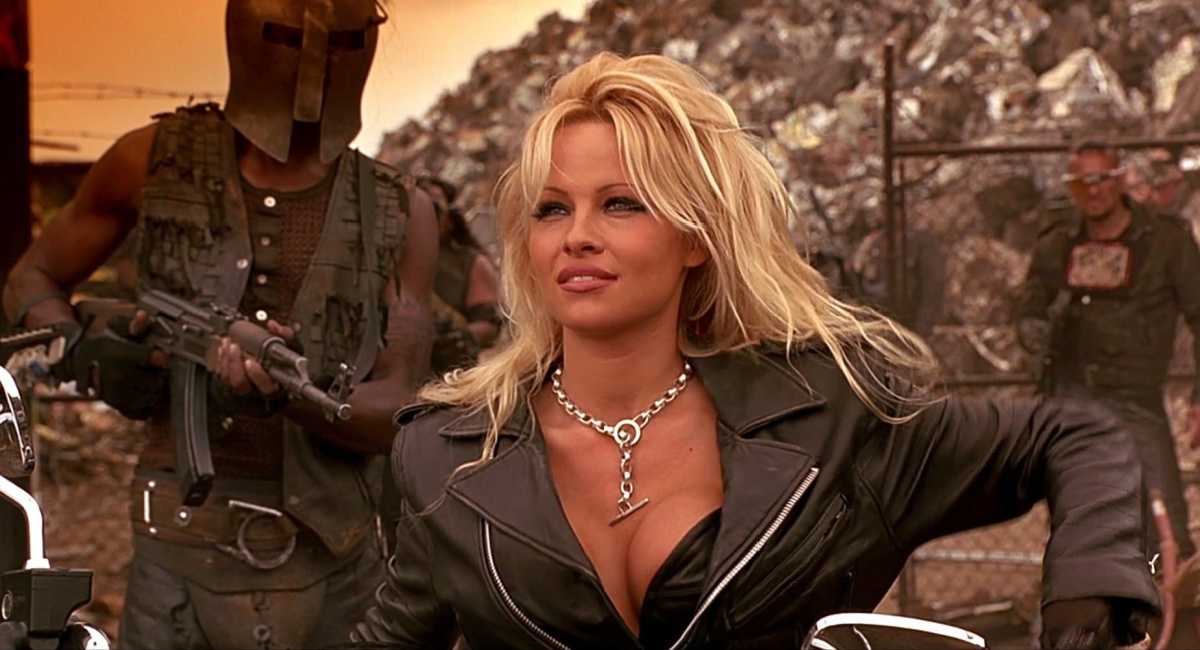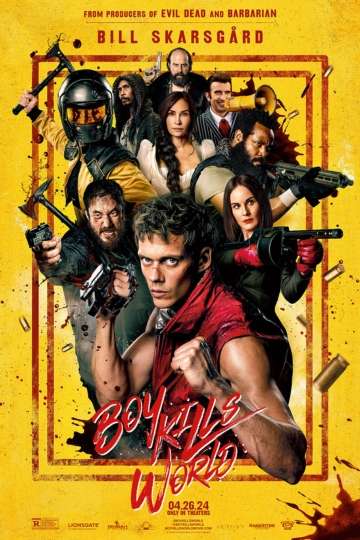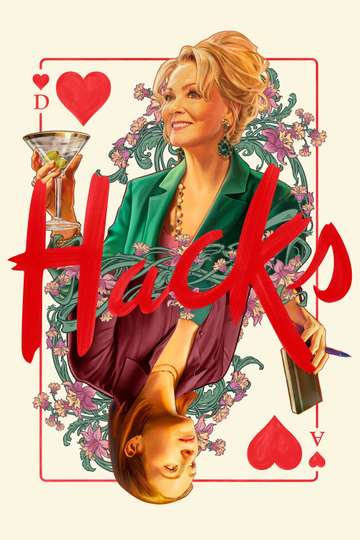'Braveheart': 25 Things You (Probably) Didn't Know About Mel Gibson's Epic
In retrospect, the popularity of "Braveheart" seems like a foregone conclusion.
The movie, which opened 20 years ago this week (on May 24, 1995), won five Oscars, two of them for star Mel Gibson (in his roles as producer and director). The Best Picture winner thrilled audiences as well as critics with its exciting battle scenes, stirring speeches, and sweeping historical narrative of 13th-century Scottish independence fighter William Wallace. At its center is a charismatic performance by the "Lethal Weapon" star, then at the height of his popularity as a box office draw and action hero. It grossed $210 million worldwide. Two decades later, it's still the most famous movie ever made about Scotland.
Still, even though the movie has been a staple for 20 years, there may be plenty you don't know about it, from its generous liberties with history to the R-rated pranks the director pulled on his leading lady.
1. "Braveheart" was Randall Wallace's first produced screenplay, but he'd done a lot of interesting work before that. He'd been a martial arts instructor, the manager of an animal show at Opryland in Nashville, a singer/songwriter, and a TV scriptwriter.
2. Wallace was inspired to write the screenplay by a trip to Scotland to explore his own roots. He is not related to William Wallace, but he was inspired by the famous rebel's life story.
3. Mel Gibson took the script to his then-home studio, Warner Bros., with the hope to direct the project. The studio agreed to fund the production only if Gibson agreed to headline a fourth "Lethal Weapon" movie. Gibson turned Warners down -- though three years later, he did make "Lethal Weapon 4."
4. Paramount agreed to make the film, but as insurance, it split the $72 million budget with 20th Century Fox; Fox was given rights to international distribution in return. The studio also asked Gibson to star in the movie, even though he felt he was a decade too old, at 38, to play a historical figure in his 20s.
5. Gibson shot some of the movie on location in Scotland, in places like Loch Leven and Glen Coe, where "Highlander" had been filmed a decade earlier. The set for Wallace's village was built in the Glen Nevis valley. (After the set was dismantled, the parking lot the filmmakers built remained, and today, it's known as the Braveheart Car Park.)
6. The rest of the film, however, was shot in Ireland, in and around Dublin. That irked some purists, but hey, tax breaks. Ireland also provided army reserve soldiers to be used as extras. Between 1600 and 2000 extras appear in the Battle of Stirling Bridge sequence, which took six weeks to shoot on Curragh Plain in County Kildare.
7. Much of Randall Wallace's screenplay is based on an epic poem about William Wallace's exploits by a 15th-century minstrel named Blind Harry. It's a poem inspired by legends about Wallace that Blind Harry compiled about 170 years after Wallace's death, and it's full of exaggerations and deeds that historians have attributed to people other than Wallace.
8. In real life, the nickname "Braveheart" actually referred to Robert the Bruce (played in the movie by Angus Macfadyen), not William Wallace.
9. "Braveheart" depicts Wallace as a peasant farmer, but historians say he was a member of the gentry as the son of a minor landowner.
10. As in the film, Wallace did become a rebel leader after the murder of his wife -- but there's no evidence that the English ever practiced the policy of primae noctic -- having lords rape the virginal brides of serfs on their wedding nights.
11. Was Edward II (played by Peter Hanly) actually gay, as the movie indicates? Historians say most likely, though he also did father five children by two different women, a fact the movie ignores. He was also robust and strong like his father, not a skinny weakling, as the film portrays him. And the sequence where his father tosses his son's lover out the window to his death? Never happened.
12. The film's portrayal of Edward II as a frail sissy, and the seemingly gratuitous defenestration scene, led to criticisms of Gibson's movie as homophobic. Gay-rights activists threatened to protest the film outside theaters in major cities. Gibson defended the window scene, saying, "The king didn't throw that character out the window because he's gay. He did it because the king's a psychopath."
13. In real life, William Wallace could not have wooed and impregnated Princess Isabella (Sophie Marceau). At the time, she was a three-year-old girl living in France. She did marry Edward II, but after he was king, not when he was still Prince of Wales. Their son,Edward III, was born seven years after Wallace's death.
14. Scottish soldiers at the time would not have worn kilts; that didn't happen for another four centuries or so. Also, there's no record that they wore the blue war paint, though ancient tribes in Scotland a thousand years earlier had done so.
15. Oh, and there's no mention, in history or legend, of the Scots "mooning" the British at the Battle of Stirling Bridge.
16. Gibson defended scenes like the above by noting that the movie was so grim and bloody that it needed some comic relief. "If this movie didn't have some funny bits, it'd be unbearable," he told the Dallas Observer. "The audience would f---in' hang itself."
17. On set, Gibson furthered his reputation as a prankster of sorts. Marceau told Entertainment Weekly that Gibson, during downtime, used to surprise her by flashing his penis at her -- his way of lightening the mood.
18. To prevent the film from getting an NC-17 rating, Gibson had to trim some of the battle scenes. It ultimately got an R-rating for "brutal medieval warfare." As for the gruesome execution scene, which accurately portrays Wallace as being castrated, disemboweled, hanged, drawn and quartered -- apparently, the ratings board had no problem with that.
19. The film grossed $75.6 million in North America and another $134.8 million abroad. (No doubt Paramount suits were kicking themselves for selling the foreign rights to Fox.) It stayed in theatrical release for nearly 13 months.
20. Purists also grumbled at the use of Irish uilleann pipes, rather than Scottish bagpipes, on James Horner's score. But the movie's soundtrack was popular enough to spawn a second album of instrumentals from the film. Two years later, Horner reused one of the melodies (and a lot more uilleann pipes) on his soundtrack for "Titanic."
21. The five Oscars "Braveheart" won were for Best Picture, Best Director, Best Cinematography, Best Makeup, and Best Sound Effects Editing. It was nominated for five additional awards: Best Original Screenplay, Best Costumes, Best Editing, Best Sound Mixing, and Best Score.
22. "Braveheart" is generally credited with generating a boom in Scottish tourism, especially to the battle sites depicted in the film.
23. At the Wallace Monument in Stirling, Scotland, a 13-foot sandstone sculpture of Gibson as Wallace was placed in the parking lot in 1997. After being defaced several times, the statue was returned to its sculptor, Tom Church, in 2009, with the local tourism board stating the move was necessary to make room for the monument's new visitors' center.
24. Randall Wallace went on to continued success in Hollywood. He wrote and directed "The Man in the Iron Mask," Gibson's "We Were Soldiers," and "Heaven Is For Real." He also wrote the screenplay to "Pearl Harbor" and directed "Secretariat." Gibson has said he's working on a script with Wallace for a Viking movie that has yet to go into production.
25. According to stolen Sony e-mails published by Wikileaks, the studio has been developing a sequel to "Braveheart" called "Lion Rampant," which would center on Robert the Bruce. Tom Hiddleston would supposedly play the lead, while Sophie Marceau and Brendan Gleeson (Hamish) would reprise their roles from the original film.





